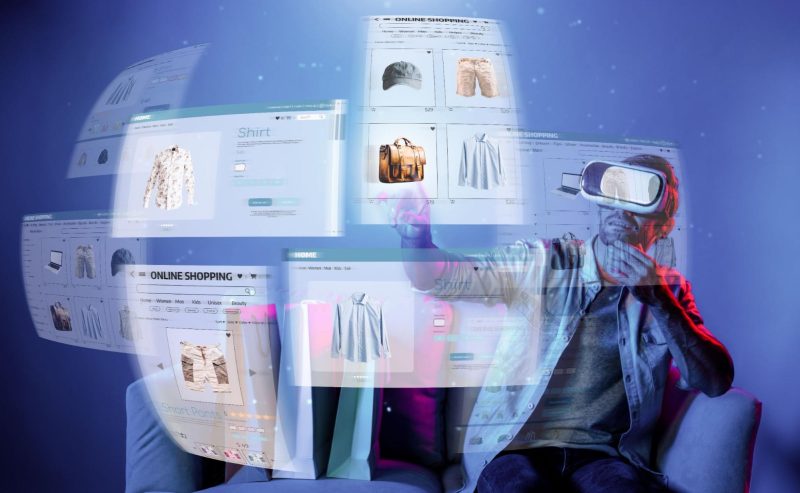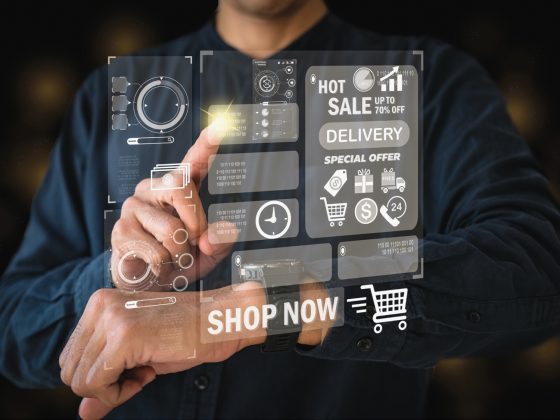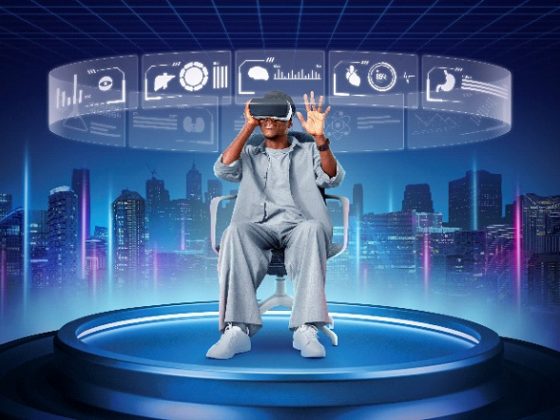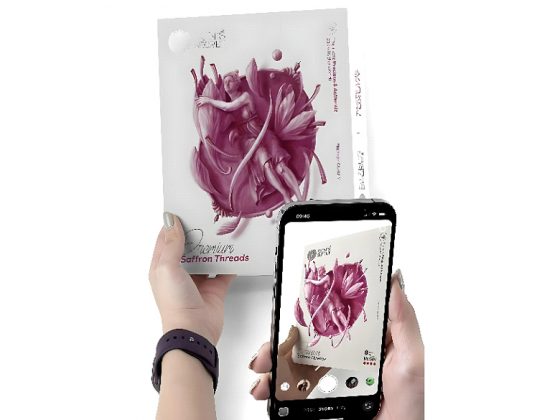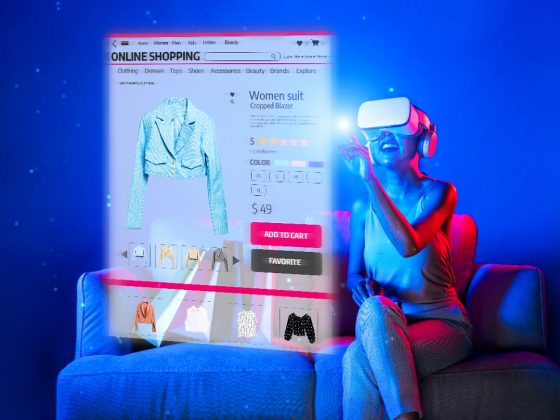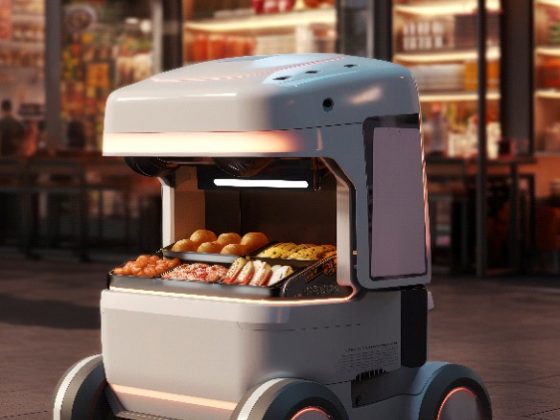Biometric authentication, such as fingerprint or facial recognition, adds an extra layer of security, ensuring safe transactions and giving customers peace of mind. On the logistics side, AI-driven return management systems analyze return patterns and customer feedback, making the process smoother, reducing costs, and improving customer satisfaction. Additionally, AI-powered chatbots and virtual assistants provide real-time support, answering questions and offering personalized shopping advice, improving the overall customer experience. With mobile shopping on the rise, optimizing e-commerce sites for mobile is essential. A responsive, easy-to-navigate, and fast-loading mobile experience ensures businesses can cater to the growing number of shoppers who prefer to browse and buy on their phones.
The Game-Changer: Virtual Try-On Technology
One innovative solution that addresses many of these challenges is Virtual Try-On Technology. This tool allows customers to see how products will look on them before making a purchase, giving them more confidence in their buying decisions. This not only boosts customer engagement but also reduces cart abandonment since shoppers are more likely to buy when they feel sure about their choices. Virtual Try-On also helps reduce returns by giving customers a clear visual of the product’s appearance and fit, cutting down on size or style-related returns. This saves time and resources for both the customer and the business. On top of that, it offers brands a way to stand out in a crowded market, providing a unique, tech-forward shopping experience that sets them apart from competitors. In summary, Virtual Try-On Technology tackles some of the biggest e-commerce challenges, from improving the customer experience to reducing returns and streamlining logistics. As the industry continues to evolve, embracing these types of innovations will be key for businesses looking to stay competitive in an increasingly digital world

